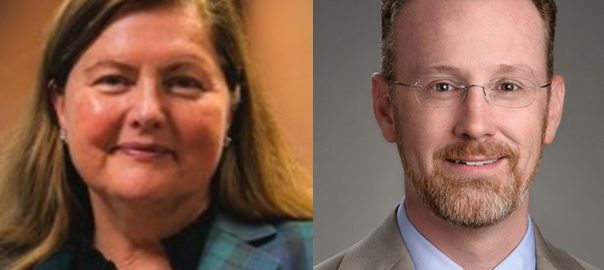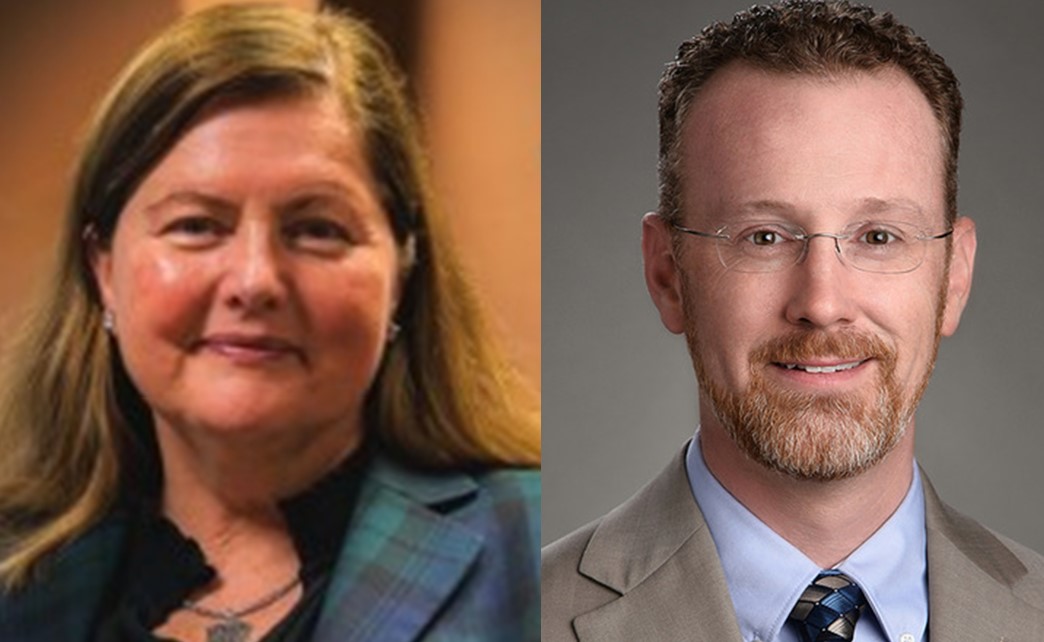
Another Barrier for New Yorkers with Disabilities Remains to be Overcome in 2025
New Yorkers with disabilities are no strangers to overcoming barriers. Spend an hour with any one of the New Yorkers with autism, Down syndrome, cerebral palsy, or one of the many other conditions and you’ll see the challenges they face daily and the fortitude with which they attack them.
One of the biggest challenges is finding jobs where these New Yorkers not only will be paid fair wages and benefits but also will work alongside individuals without disabilities and have opportunities for advancement.
New York is an “Employment First” state, which means it has committed to prioritizing “competitive integrated employment” along with the principles that someone with a disability should have access to a decent job before being pushed into government programs, and that the worker shouldn’t face a “benefits cliff” when they do find work.
The Rockefeller Institute of Government, in an important report issued this week, highlighted how important it is to continue moving forward to create meaningful employment opportunities for New Yorkers with disabilities.
In releasing the report, Rockefeller noted: “While significant barriers to employment exist for people with disabilities in the state, there have been successful efforts to mitigate them and promote employment… Further improvements can be found by expanding and adjusting these existing programs.”
Those successful barrier mitigation efforts include the state’s “Employment First” initiative and the Preferred Source Program Modernization Law of 2022. The modernization law was unanimously passed by the Legislature, sunsets in 2025 and requires legislative action, Rockefeller said, “if the program and its benefits are to continue.”
Governor Hochul and the Legislature have demonstrated they care deeply about this issue. The Modernization Law passed unanimously in both houses before being signed by the Governor. Her agencies, not surprisingly given the Governor’s backing, are incredibly supportive of the disabilities community in an effort to improve people’s lives, increase inclusion and lower the remarkable 67 percent unemployment rate for people with disabilities.
Employment First and the Preferred Source Program Modernization Law are tied together and complementary as part of New York State’s efforts to support people with disabilities.
The modernization law is working and deserves to be made permanent for now and improved upon in years to come. Here’s why.
- New York State’s policy is that individuals with disabilities should have employment options first, because there’s no better tool for independence, inclusion and success than a decent-paying job with benefits and opportunities for advancement. In other words, competitive integrated employment. That’s been proven.
- Since the Preferred Source Program Modernization Law was enacted, New York State Industries for the Disabled, Inc. (NYSID) has been able to increase both its partnerships with public and private sector entities, and more importantly, the number of employed New Yorkers with disabilities. Since the Modernization Law was enacted, hours worked under the Preferred Source Program are up by 245,167 and jobs are up by 163. Jobs on NYSID contracts pay an average hourly wage of $21.78.
- Contracts facilitated through the Preferred Source program and NYSID are helping people and the state. Rockefeller’s most recent economic impact study of the program found that New York’s nonprofit disability service providers generated $14.3 billion in economic output, supported nearly 200,000 full-time jobs and contributed $2.2 billion in federal and state tax revenue. NYSID alone generated $407.3 million in economic impact.
The Modernization Law marked the first substantial changes in New York’s Preferred Source Program (PSP) since its 1975 enactment in the aftermath of Willowbrook.
The law changed the disabled ratio requirement from 75% to 50% on Preferred Source contracts so that more employers can participate in the program, and thereby more people with disabilities can be employed.
And last but not least, it got rid of 1970s era language. It ditched the archaic notion of “workshops,” where people with disabilities could only work with other people with disabilities. And it eliminated use of the term “severely disabled,” relegating it to the dustbin with other insulting and derogatory terms we no longer use to describe people with disabilities.
The newest Rockefeller report does a tremendous job of highlighting the progress New York has made in removing barriers to employment for people with disabilities.
But it also raises issues Gov. Hochul and the Legislature should address and investments they need to make if New York wants to maintain its status as the nation’s most enlightened and effective state when it comes to supporting people with disabilities.
Letting the modernization law sunset at the end of next year will slam the door on progress and turn the clock back to a time New York doesn’t want to revisit, when New Yorkers with disabilities were treated as lesser than their neighbors. The law shouldn’t only be extended, it should be strengthened and made permanent.
Maureen O’Brien is President and CEO of New York State Industries for the Disabled. Michael Seereiter is President and CEO of the New York Alliance for Inclusion and Innovation.

